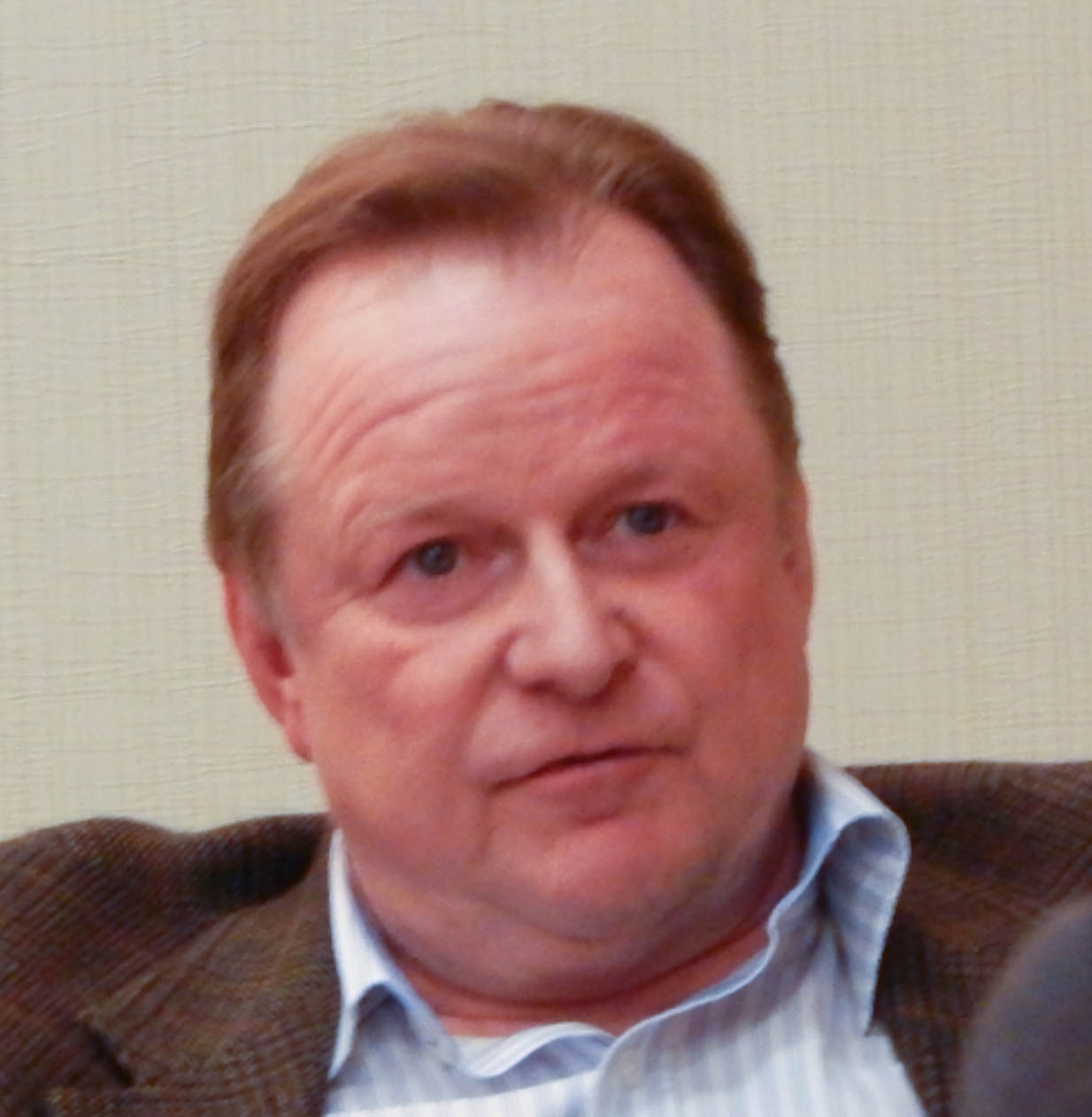
Pepco Holdings Inc. wrote down the value of a district heating and cooling plant in the New Jersey resort from $83 million to $30 million because of “significant adverse changes in the financial condition of its customers and the business climate in Atlantic City.”
Trump Entertainment Resorts, which declared bankruptcy in September, owned two casinos served by the plant: the now-closed Trump Plaza and the Trump Taj Majal, which is expected to close in December. Pepco inherited the plant when it bought Atlantic City Electric and Delmarva Power & Light in 2002.
More: The Philadelphia Inquirer
Xcel’s Midwest Hydro Fleet Sets Sept. Production Record
Xcel Energy’s hydro fleet in Wisconsin and Minnesota set a September production record thanks to above-average rainfalls, the company said.
The company’s 19 hydro plants put out 130,537 MWh in September, eclipsing a record set in 2002 by 11,598 MWh. The company credited large amounts of rain in the Upper Midwest.
“Seven of our last nine months have been significantly above the 10-year average for hydro generation,” said Scott Crotty, manager of Xcel’s hydro operations. Hydro makes up about 8% of Xcel’s total generation. The company said more than half of the electricity it supplies customers in the Upper Midwest comes from carbon-neutral hydro, wind, nuclear or biomass sources.
More: EnergyCentral
DTE Completes $2 Billion in Upgrades at Michigan Plant

The upgrades at the 3,400-MW plant included new selective catalytic reduction, flue gas desulfurization equipment and construction of two 580-foot tall chimneys. The improvements will cut NOx emissions by 90%, SOx by 97% and mercury emissions by 75% to 90%.
Monroe, on the western shore of Lake Erie, was built in the 1970s. It is the largest plant in Michigan and the fifth-largest coal-fired plant in the U.S.
More: EnergyCentral
Southern’s Kemper Plant to Cost More Time and Money
Another new power plant designed to employ carbon-capture technology is racking up cost overruns.
Southern Co. says its Kemper plant in Mississippi will cost $6.1 billion, up an additional $496 million, and it is pushing back the completion date from June 2015 to March 2016. The plant’s initial cost was $2.8 billion and it was projected to begin operations in 2013.
The company said that the overruns will reduce after-tax quarterly profit by $258 million. Southern subsidiary Mississippi Power is also planning to ask the Mississippi Public Service Commission for permission to pass $167 million on to customers.
The Kemper plant is designed to convert soft lignite coal to gas that will fuel its boilers. Carbon dioxide from the combustion process is to be captured for industrial uses or storage underground.
Similar plants are also experiencing trouble. Duke Energy’s Edwardsport, Ind., plant, which uses coal gasification technology, suffered from construction delays and cost overruns. And FutureGen, a government-backed project in Illinois, was announced in 2003 and still isn’t operational.
More: PennEnergy
We Energies ‘Willing’ to Invest in New Plant to Help U.P. Shortage
Wisconsin Energy’s CEO Gale Klappa said the company is “willing to be an investor” in a new generation facility to ease an energy shortfall in Michigan’s Upper Peninsula.
The company’s Marquette plant on the Upper Peninsula is operating at a loss under orders from MISO to preserve system reliability. Wisconsin ratepayers balked at paying a premium to support the plant, and the company’s We Energies subsidiary had said it wanted to retire the plant, which would leave a generation capacity shortfall in the Upper Peninsula. The company is facing a similar situation with its Presque Isle power plant. (See related story, Michigan: FERC Rules Favor Transmission, Will Increase Costs.)
We Energies will need approval from Michigan regulators for its buyout of Integrys Energy Group, and Klappa said the company would be willing to invest in a 250- to 350-MW natural gas combined-cycle plant as part of its efforts to secure Michigan’s approval for the $5.8 billion Integrys buyout. (See related story, Integrys, Wisconsin Energy Reject Michigan Claims on Merger.)
More: Midwest Energy News
Invenergy to Build 1,300-MW Plant Near PPL’s Susquehanna-Roseland Line
Chicago-based Invenergy has filed with the Pennsylvania Department of Environmental Protection to build a 1,300-MW combined-cycle plant near Jessup, Pa.
The Lackawanna Energy Center would be the state’s second-largest natural gas-fired power plant, after PPL’s 1,722-MW Martins Creek plant in Northampton County. The plant will have three gas-fired turbines and a single steam turbine, according to company filings. Construction could begin as soon as June and be completed by 2017.
The availability of shale gas from the Marcellus field has spurred a flurry of power plant construction in Pennsylvania. Panda Power has two plants under construction and others are in the planning stages.
More: Scranton Times-Tribune
Green Mountain Gets License Extension for Vermont Hydro
The Federal Energy Regulatory Commission has granted Green Mountain Power 40-year license extensions for three hydro stations on Otter Creek in Vermont.
The licenses will allow Green Mountain to upgrade the plants from 14.4 MW to 22.8 MW. The dams are at Proctor Falls, Belden Falls and Huntington Falls. The upgrades will cost about $19 million, company officials said. Green Mountain bought the dams from Vermont Marble Power in 2010.
More: EnergyCentral
We Energies Rate Supporter Signatures May Be Fraudulent
Three organizations battling We Energies on a rate case involving solar energy have challenged the validity of petitions supporting the rate increase.
The Environmental Law & Policy Center, RENEW Wisconsin and The Alliance for Solar Choice asked the Wisconsin Public Service Commission to investigate whether 2,500 people actually signed the petitions. The organizations say many of the signatures were of those who didn’t know their names and addresses had been used and some who actually oppose the rate hike. The petition was filed by the Consumer Energy Alliance.
According to opponents, We’s proposal cuts the benefits of energy efficiency and solar energy and creates obstructions for solar suppliers other than We.
More: FierceEnergy
Pocomoke City’s Solar System Largest Municipally Owned in Md.
Pocomoke City’s 2.1-MW solar array will be the largest municipal photovoltaic system in Maryland when it goes on line in December.
“The completion of this large solar project in Pocomoke City will make the southern Eastern Shore one of the leading solar areas in the state,” said state Delegate Norman Conway, who represents Worcester and Wicomico Counties. “These solar systems are helping our regional economy by allowing our local governments, educational institutions, businesses and homeowners to generate substantial savings on their electricity bills.”
The 6,150-panel array will offset 2,067 tons of carbon dioxide annually. The system is expected to save the city more than $37,000 a year in energy costs.
More: EnergyCentral
PSE&G Starts Building Another Solar Plant on Closed Landfill
Construction has started on an 11-MW solar project atop a closed landfill, the third such energy project undertaken by Public Service Electric & Gas. When it goes on line next spring, PSE&G will have more than 31 MW of solar generation at landfills in New Jersey.
The latest project, at the closed Kinsley Landfill about 15 miles south of Philadelphia, will cover about 35 acres of the 140-acre site. Almost 37,000 panels will generate enough electricity for 2,000 average-sized homes.
The projects are part of the company’s Solar 4 All program, which installs grid-connected solar panels on landfills, utility poles, parking lots, rooftops and other sites. Plans call for developing 42 MW more of capacity in the next few years.
More: SolarServer
Delmarva Power Building 25-Mile 138-kV Transmission Line in Md.
Delmarva Power & Light is spending $29.6 million to rebuild a transmission line between the Maryland Eastern Shore towns of Denton and Millington.
Steel poles between 95-feet and 125-feet tall that can withstand hurricane-force winds will carry the line. They will replace poles and wire built in 1955. The company said work on the project will begin in February 2016 and be completed by June 2017.
More: Star-Democrat







